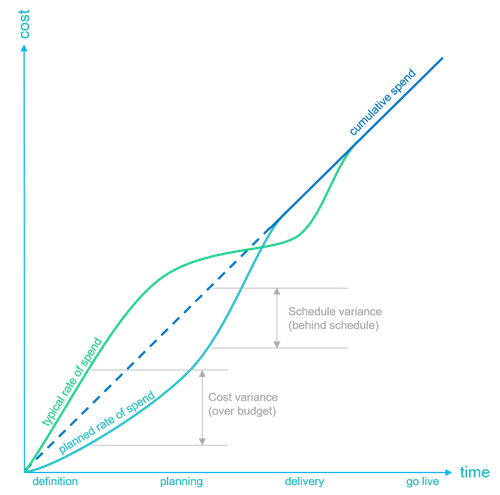Change Management - Don’t panic when it looks hard
Implementation of any change will get off to a slow start for many reasons
Management of stakeholders’ expectations is crucial to avoid panic and erratic decision making. Stakeholders must be made aware that a slow start is to be expected, but to provide management reports to demonstrate the trend is improving over time (see the graph below).
When a group of people comes together into a team to effect a change, they will go through a number of development phases.
The team Form together, they are getting used to each other and beginning to understand what needs to be done, by when, and their role in this process. At this stage they are not being as effective as they could be.
As the team gets more experienced in working together, they start to Storm and collaboration, clarifying work goals and understanding objectives starts to kick in. This is where the team seeks to become more effective. This leads to a Norm as the team gets a clear sense of identity and purpose.
Eventually a steady state is achieved in Perform where the team reaches an optimal level of performance. Finally, some teams can reach High Performance where team members have high respect for each other and will, typically, take on significant challenges that others may well think are impossible.
The quicker a manager can take their team through this lifecycle, the quicker they can accelerate delivery and manage execution risk successfully. Getting off to a slow start is therefore not unusual, but you must be able to see over time, that the pace is picking up and the trend is coming back to your plan.









